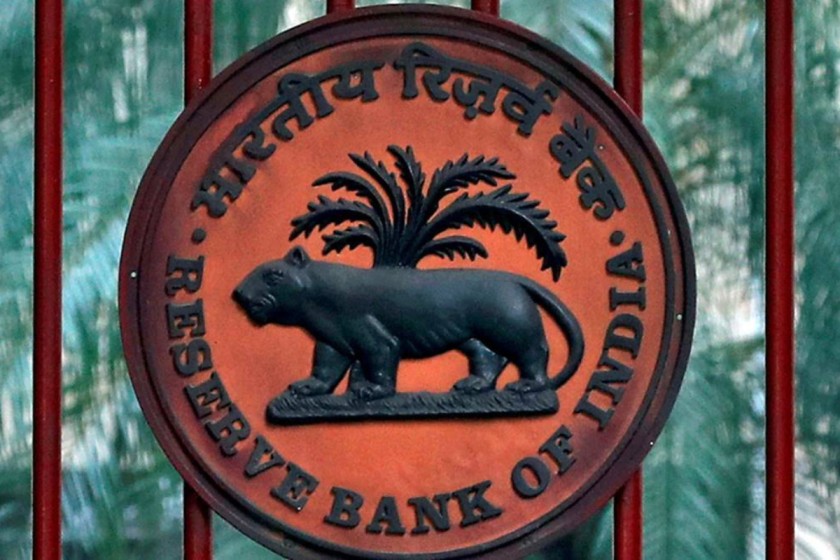- June 13, 2025
RBI Bets on Benign Inflation

The Reserve Bank of India’s (RBI) recent boldness; deep cuts to its policy rate and the cash reserve ratio; springs from a rare confidence: retail inflation looks set to dip below its mandated 4% target in 2025-26. For perhaps the first time, the component of inflation most responsive to its tools—core inflation—appears blessedly untroublesome. Yet complacency would be premature.
The RBI has trimmed its forecast for consumer-price inflation in the current fiscal year (FY26) to 3.7%, down from 4.0% just two months prior. Hitting this mark requires both food and core inflation to stay below 4%.
Food fades, core creeps
Food inflation, long the hostage-taker of monetary policy, is expected to behave. Forecasts of a normal monsoon and a robust winter harvest should stabilise prices. Since monetary policy has little direct grip on food costs, the RBI mainly frets when prolonged surges threaten to infect broader inflation expectations. Such contagion seems unlikely this year. Most analysts predict food inflation will run significantly lower than last year, barring seasonal spikes.
This spotlight shifts to core inflation where the RBI’s interest rates and liquidity operations bite. A past bugbear, core inflation surged post-pandemic, averaging over 6% in FY22 and FY23. It cooled to 4.4% in FY24 and 3.5% in FY25. Yet a recent uptick pushed it back above 4% in April. Two culprits stand out: soaring gold prices, explicitly flagged by the RBI last month, and rising services inflation.
The case for core calm
So, whence the RBI’s core confidence? Several factors point towards benign pressure:
- While unpredictable, the net effect of evolving US tariff policy may prove disinflationary for Asia. As Chinese exports to America face barriers, China’s excess capacity could flood Asian markets like India (already imposing anti-dumping duties on some Chinese goods). Cheaper imports would suppress input costs and core inflation.
- A slowdown in consumption-led growth dampens price pressures.
- Wage growth remains insufficiently robust to fuel inflation, keeping second-round effects (higher inflation expectations feeding into wages and prices) muted.
- The World Bank’s modest 2025 global growth forecast (2.3%) suggests commodity prices are unlikely to surge, keeping imported inflation low.
Nomura analysts encapsulate this view, estimating core inflation will hover near 4% for the rest of the year, underpinned by these “disinflationary” underlying factors.
Risks on the horizon
Yet assuming core’s docility is guaranteed would be unwise. Key risks loom:
The inherent unpredictability of US trade policy remains a wildcard. Favourable US-China negotiations could negate the expected disinflationary boost for Asia.
The RBI’s own 1-percentage-point CRR cut will flood the banking system with liquidity later this year, coinciding with the festive season’s credit surge. This potent mix could spark credit-fuelled consumption, potentially stoking core inflation, particularly in services.
While core inflation in FY26 may indeed prove softer than in recent turbulent years, a late-year ascent is a distinct possibility. The RBI’s own forecast of headline inflation rising to 4.5% next year hints at underlying pressures. Core offers comfort, yes, but it is far from a given. The central bank’s bold easing bets heavily on its continued good behaviour.
